Reptiles can transform from simple pets into spectacular living art when provided with the right environment. Even with limited square footage, reptile enthusiasts can create stunning miniature ecosystems that satisfy both their pets’ biological needs and their own aesthetic desires. The challenge of converting a cramped corner, spare bedroom, or even a closet into a thriving reptile sanctuary requires creativity, planning, and knowledge of your scaled companions’ requirements. This article explores practical and innovative approaches to maximize small spaces for reptile keeping, turning limitations into opportunities for creating naturalistic habitats that benefit both the animals and their keepers.
Understanding Your Reptiles’ Spatial Needs
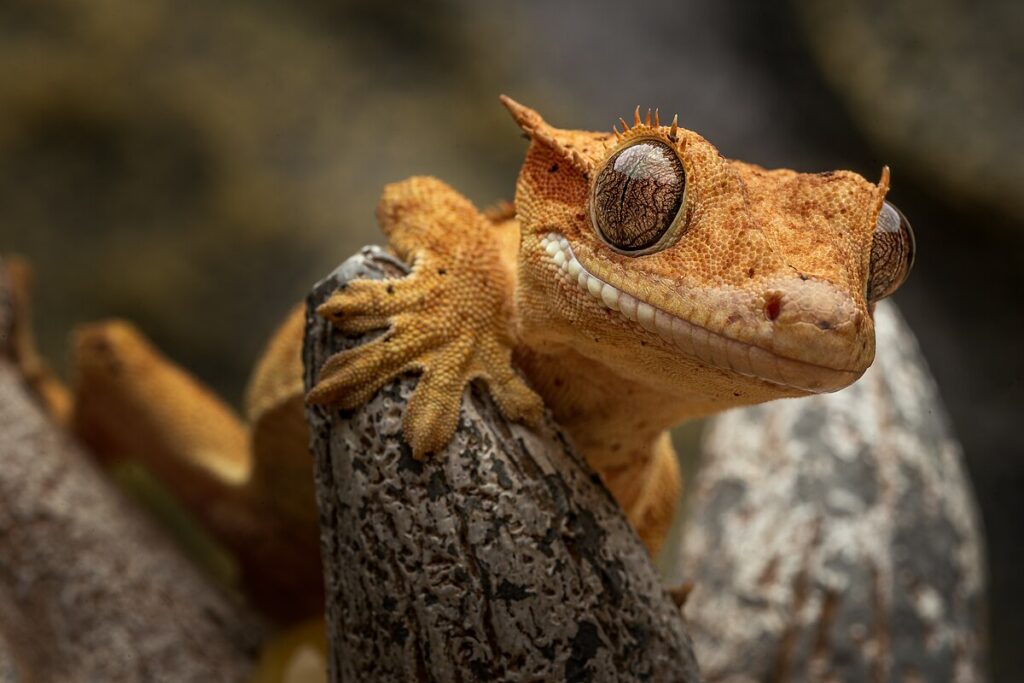
Before diving into design ideas, it’s crucial to understand that different reptile species have vastly different spatial requirements. Arboreal species like chameleons and certain geckos need vertical space with climbing opportunities, while terrestrial species like tortoises and bearded dragons prioritize floor space. Semi-aquatic reptiles such as certain turtles require both land and water areas within their enclosures. Research your specific species thoroughly to ensure you’re providing adequate space for natural behaviors like climbing, burrowing, swimming, or basking. Even in small rooms, prioritizing appropriate enclosure dimensions for each species should be your foundation before considering aesthetic enhancements or space-saving solutions.
Vertical Stacking Systems
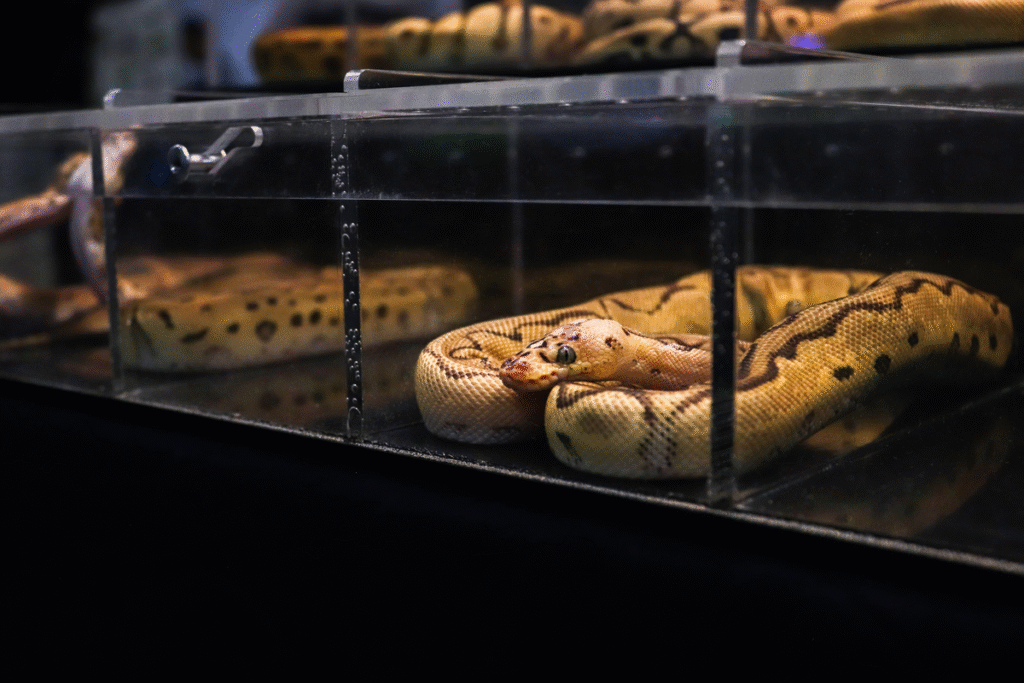
One of the most efficient ways to maximize limited floor space is to build upward with vertical stacking systems. Custom-built enclosure racks can house multiple reptiles in a footprint that would typically accommodate just one or two traditional tanks. Professional rack systems designed specifically for reptiles offer proper ventilation, secure closures, and often integrated heating options. DIY enthusiasts can create similar setups using modified shelving units with proper reinforcement to support the weight of enclosures, substrate, and décor. When designing vertical systems, ensure that heavier enclosures are placed lower, adequate lighting reaches all levels, and that maintenance access remains convenient for each habitat.
Wall-Mounted and Corner Enclosures

Walls and corners represent prime real estate in small reptile rooms that often goes unutilized. Wall-mounted vivaria can free up valuable floor space while creating eye-catching living displays that function like biological artwork. Custom corner enclosures take advantage of otherwise awkward spaces, turning them into focal points rather than wasted areas. These specialized enclosures can be designed with built-in lighting and ventilation systems that blend seamlessly with your room’s architecture. When planning wall installations, ensure your wall can support the considerable weight, use proper mounting hardware, and consider future access needs for maintenance and reptile handling.
Multi-Purpose Furniture Integration

Blending reptile habitats with functional furniture creates dual-purpose spaces perfect for apartment dwellers and those with limited dedicated room. Coffee tables, end tables, and entertainment centers can be custom-built or modified to incorporate enclosures while maintaining their original function. These furniture-habitat hybrids allow reptile keeping to extend beyond a dedicated room into living spaces without compromising on aesthetics or functionality. When designing such pieces, prioritize safety features like secure locks, proper ventilation, and protection from heat sources. Additionally, ensure the furniture design allows easy access for regular maintenance and protects the enclosure from potential vibration or disturbance when the furniture is in use.
Creating Micro-Ecosystems with Bioactive Setups
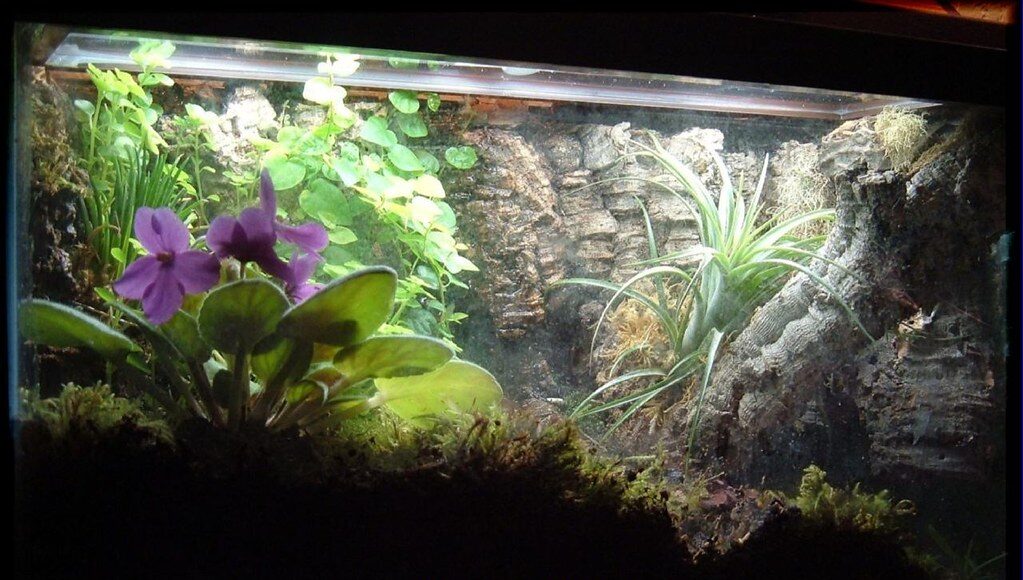
Bioactive enclosures represent the pinnacle of naturalistic reptile keeping, creating self-sustaining micro-ecosystems that reduce maintenance while providing enriching environments. These setups use live plants, beneficial microorganisms, and cleanup crews of isopods and springtails to break down waste and maintain soil health. Even in small enclosures, these living systems can thrive when properly established with appropriate drainage layers, substrate mixes, and compatible plant species. The bioactive approach not only creates visually stunning habitats but can actually save space by eliminating the need for storage of cleaning supplies and replacement substrates. When planning bioactive systems for small spaces, focus on plants that remain appropriately sized and cleanup crews that won’t overpopulate the limited area.
Space-Efficient Heating and Lighting Solutions
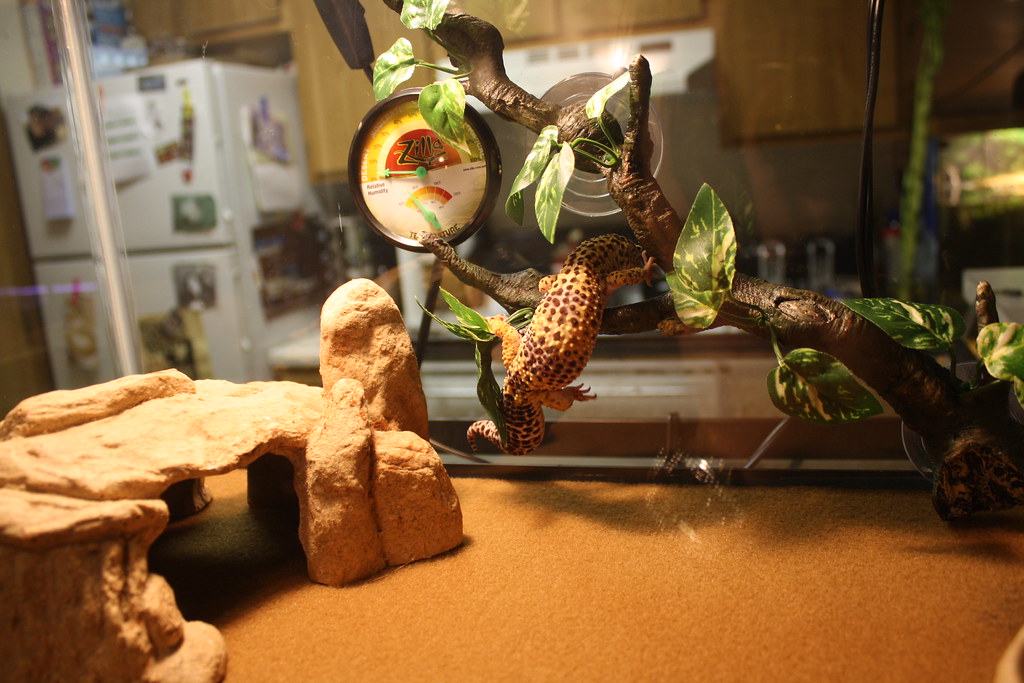
Heating and lighting equipment often consumes significant space in reptile rooms, but modern solutions offer space-efficient alternatives without compromising animal welfare. Radiant heat panels can be mounted to enclosure ceilings, eliminating bulky lamp stands and reducing fire risks. LED lighting systems provide appropriate spectrums with minimal heat output and extremely thin profiles. Centralized thermostats and timers can control multiple enclosures, reducing wall clutter and streamlining maintenance routines. When designing small reptile spaces, consider ceiling-mounted track lighting systems that can be adjusted to serve multiple enclosures as needed without taking up precious surface area.
Utilizing Hidden Storage Solutions
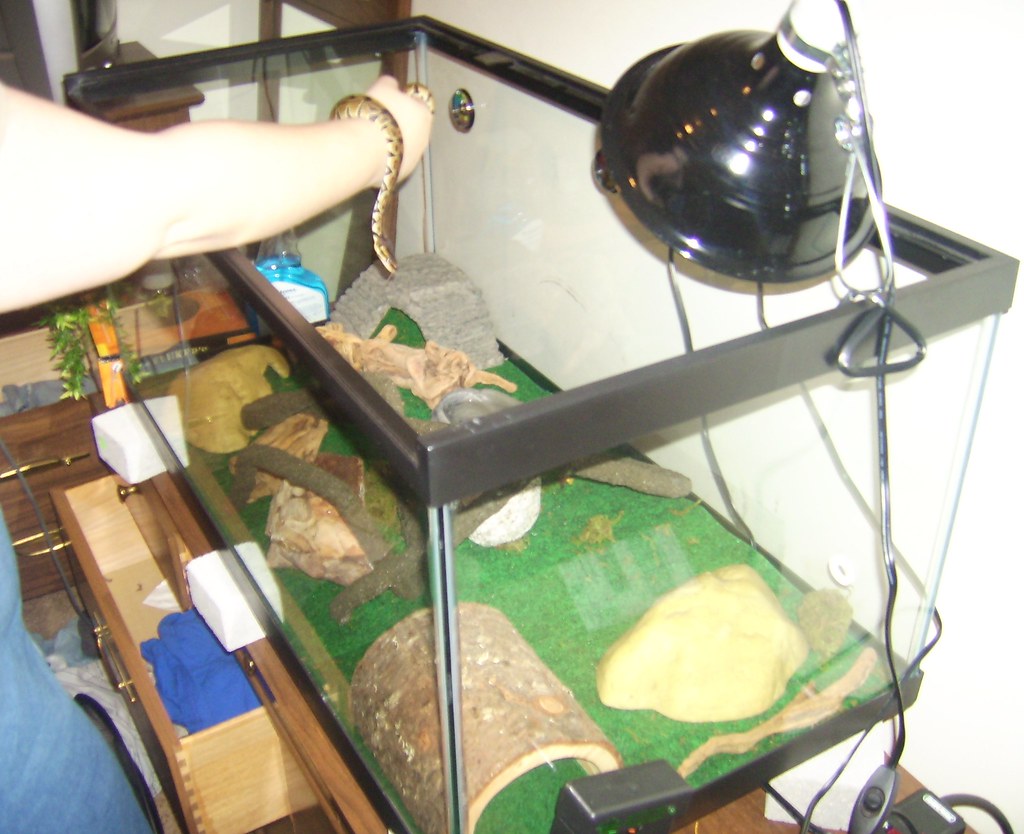
Equipment storage poses a significant challenge in compact reptile rooms, often creating clutter that diminishes both functionality and aesthetic appeal. Incorporating hidden storage solutions maintains an organized space while keeping necessary supplies accessible. Under-enclosure drawers, hollow furniture bases, and wall-mounted cabinets can conceal feeders, supplements, tools, and spare equipment. Vertical storage solutions like pegboards allow tools and frequently used items to be stored on otherwise unused wall space between or above enclosures. Transparent storage containers with clear labels help maximize space efficiency while ensuring you can quickly locate needed items without rummaging through multiple containers.
Environmental Control in Limited Spaces
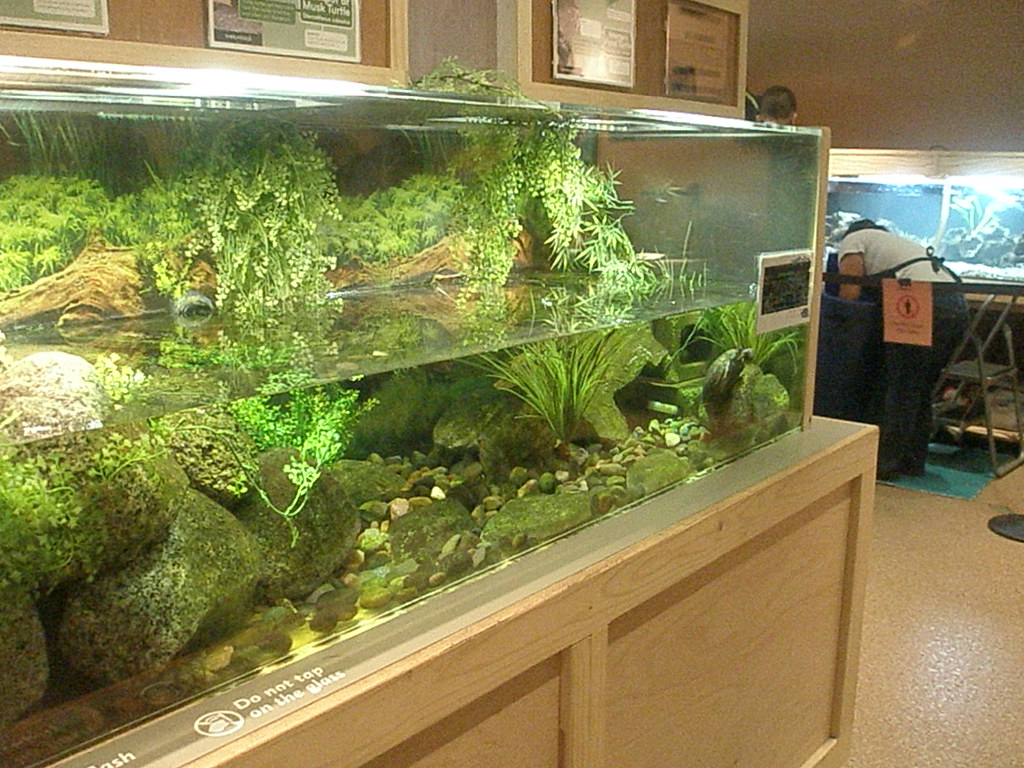
Maintaining appropriate temperature and humidity levels presents unique challenges in small reptile rooms, where conditions can change rapidly. Small spaces heat up quickly when multiple heat sources are operating, potentially creating dangerous conditions during power outages or equipment malfunctions. Installing a dedicated ventilation system with temperature-controlled fans helps prevent overheating while providing fresh air circulation. Automated misting systems with humidity sensors can maintain appropriate moisture levels without manual intervention. Emergency temperature monitoring systems that alert you via smartphone when conditions exceed safe parameters provide crucial protection for your animals when space limitations amplify environmental fluctuations.
Creating Visual Barriers Between Species
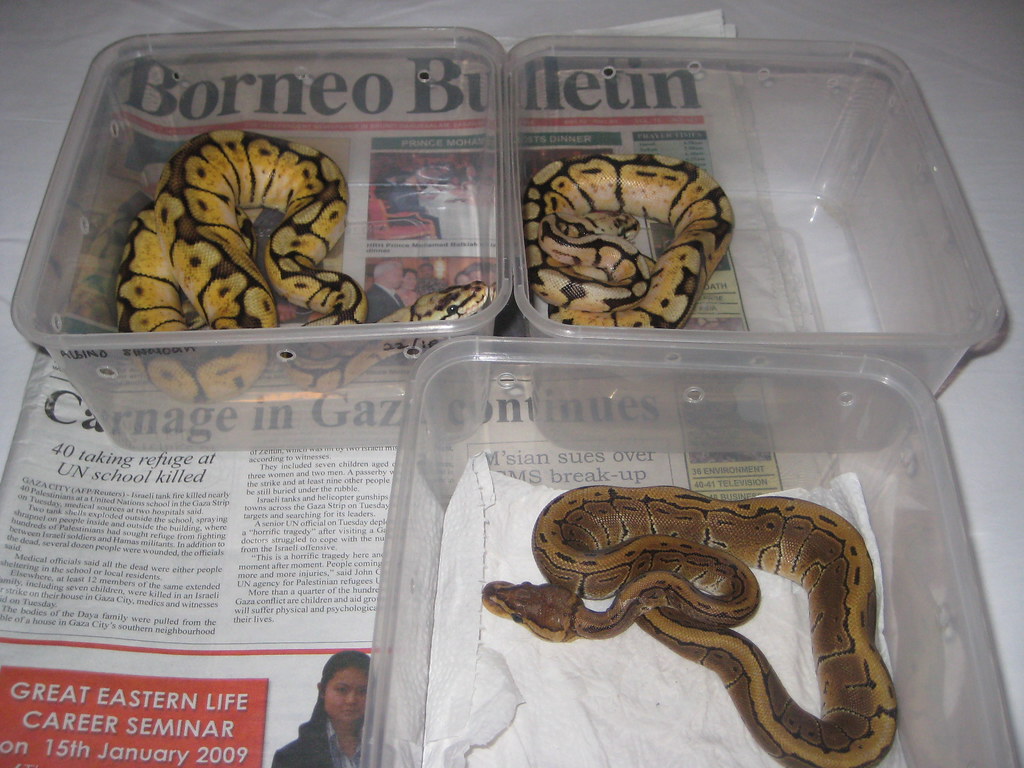
In compact reptile rooms housing multiple species, visual barriers between enclosures reduce stress while creating a more naturalistic appearance. Many reptiles experience chronic stress when constantly exposed to potential predators or competitors, even when physically separated by glass or plastic. Strategic placement of live plants, custom backgrounds, and decorative elements between enclosures creates privacy while enhancing the room’s aesthetic appeal. These visual screens also help create microhabitats within the room, allowing you to maintain different temperature and humidity zones for species with varying requirements. When designing visual barriers, ensure they don’t block necessary airflow or create maintenance obstacles that will discourage regular habitat upkeep.
Portable and Modular Design Elements
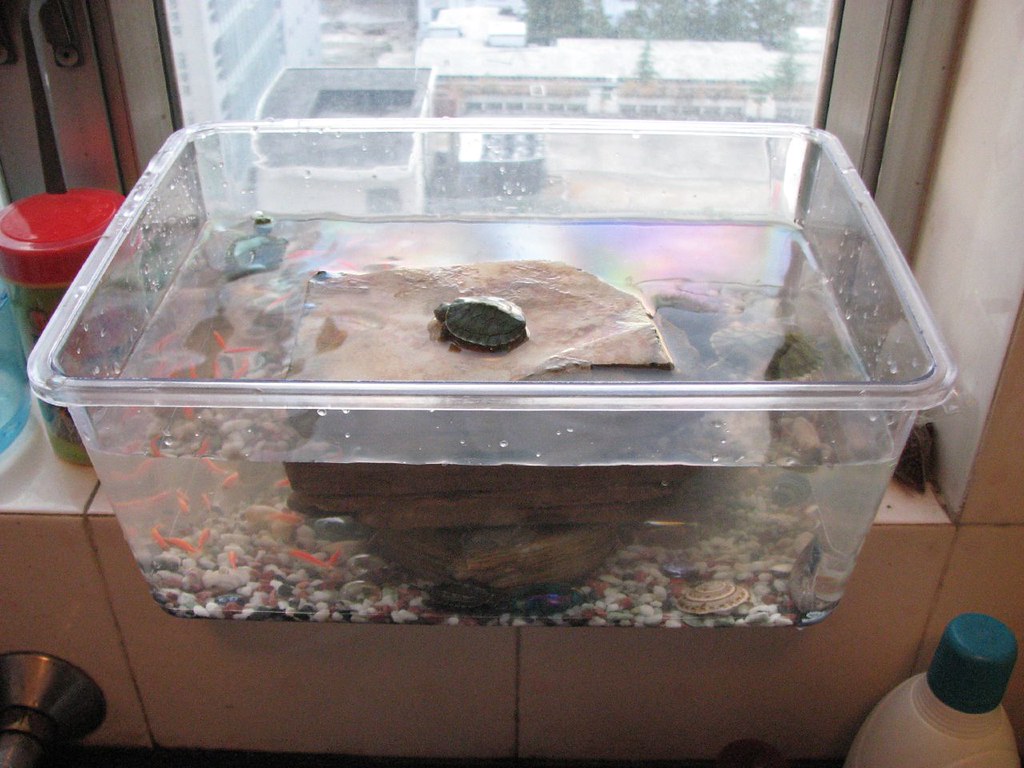
Flexibility remains essential in small reptile spaces where needs may change as collections evolve or animals grow. Modular enclosure systems with interchangeable components allow reconfiguration without replacing entire setups. Enclosures mounted on quality casters provide mobility for cleaning, maintenance, or rearrangement without heavy lifting. Quick-connect plumbing and electrical systems facilitate easy modifications without major renovations. When designing small reptile rooms, prioritize accessibility and adaptability in every element, from enclosure placement to utility connections. This approach ensures your space can evolve with your collection while maximizing functionality throughout changing circumstances.
Creating Maintenance-Friendly Layouts
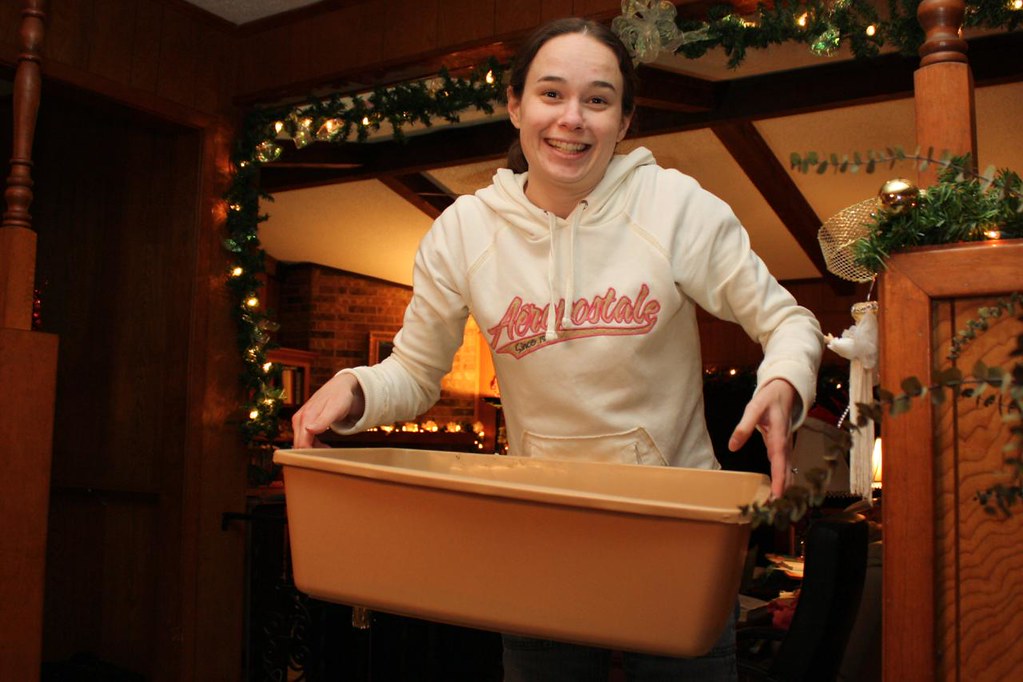
Even the most beautiful reptile room becomes problematic if maintenance becomes too challenging in confined spaces. Design your layout with cleaning and feeding routines in mind, ensuring adequate access to all enclosures without moving multiple items. Consider how water sources, waste disposal, and electricity access factor into daily and weekly maintenance tasks. Front-opening enclosures generally prove more practical in tight spaces than top-opening designs that require overhead clearance. Creating dedicated maintenance zones with appropriate tools, disinfectants, and work surfaces streamlines routine care and prevents the frustration that leads to neglected habitats.
Balancing Aesthetics with Functionality
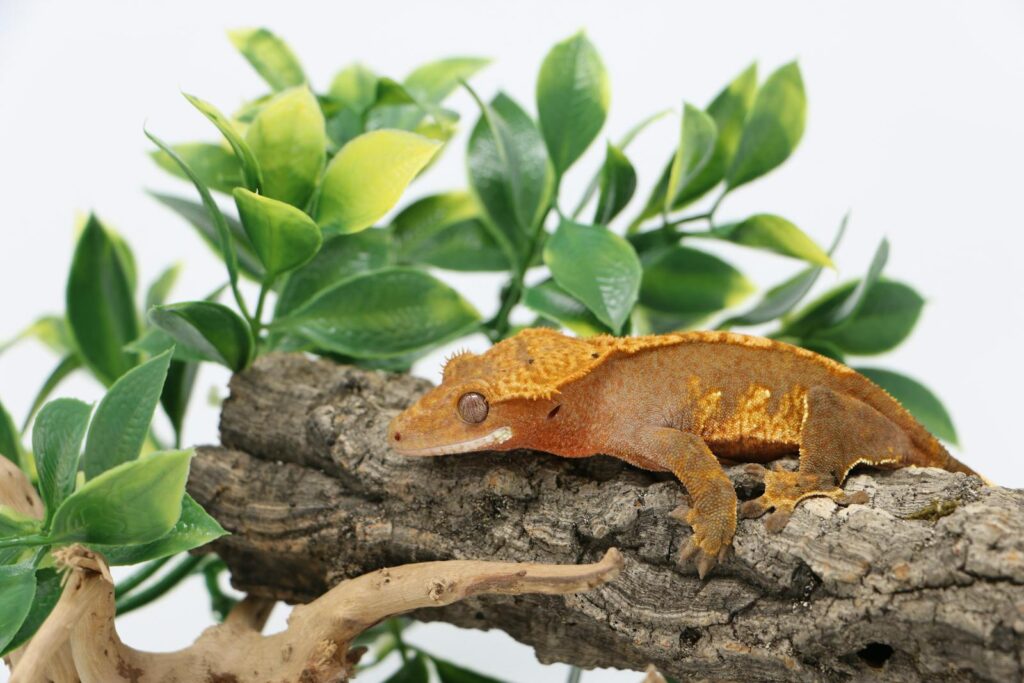
The most successful small reptile rooms achieve harmony between visual appeal and practical functionality. Natural materials like wood, stone, and live plants create cohesive designs that complement home décor while providing enrichment for reptiles. Consistent color schemes and design elements unify multiple enclosures into a collective display rather than a chaotic collection. Incorporating adjustable lighting can transform the room’s appearance from practical workspace during maintenance to showcase display when entertaining. When planning your space, consider how it will look from different angles and at different times of day, creating a room that’s both a functional animal habitat and an enjoyable space for human relaxation and observation.
Conclusion: Embracing Creative Constraints

Limited space need not limit your reptile-keeping ambitions or the quality of life you provide for your scaled companions. The constraints of small areas often inspire the most innovative and efficient designs, challenging keepers to prioritize essentials while eliminating unnecessary elements. By embracing vertical space, dual-purpose furnishings, and modular systems, even the smallest rooms can be transformed into thriving reptile havens that showcase both the natural beauty of the animals and the creativity of their keepers. Remember that the most successful small reptile rooms evolve over time through careful observation, learning from challenges, and continuous refinement based on both animal needs and keeper convenience.

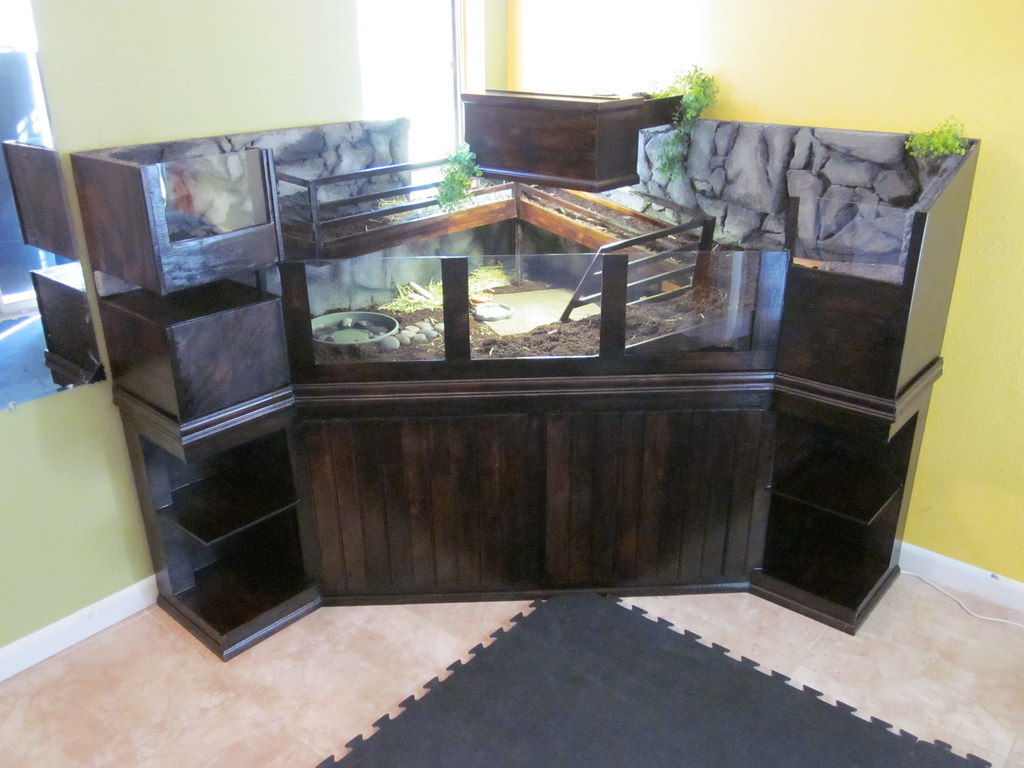




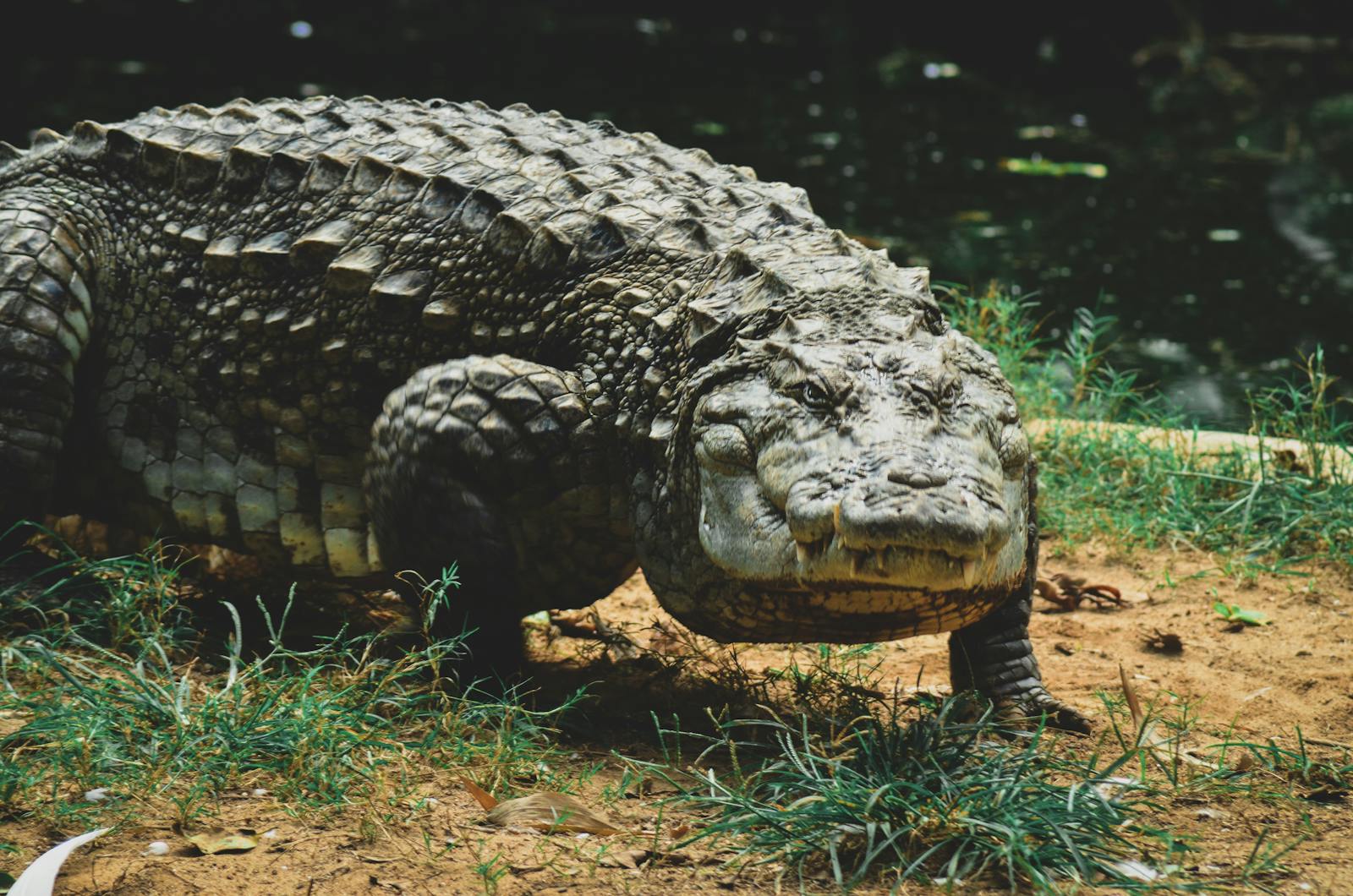









Leave a Reply